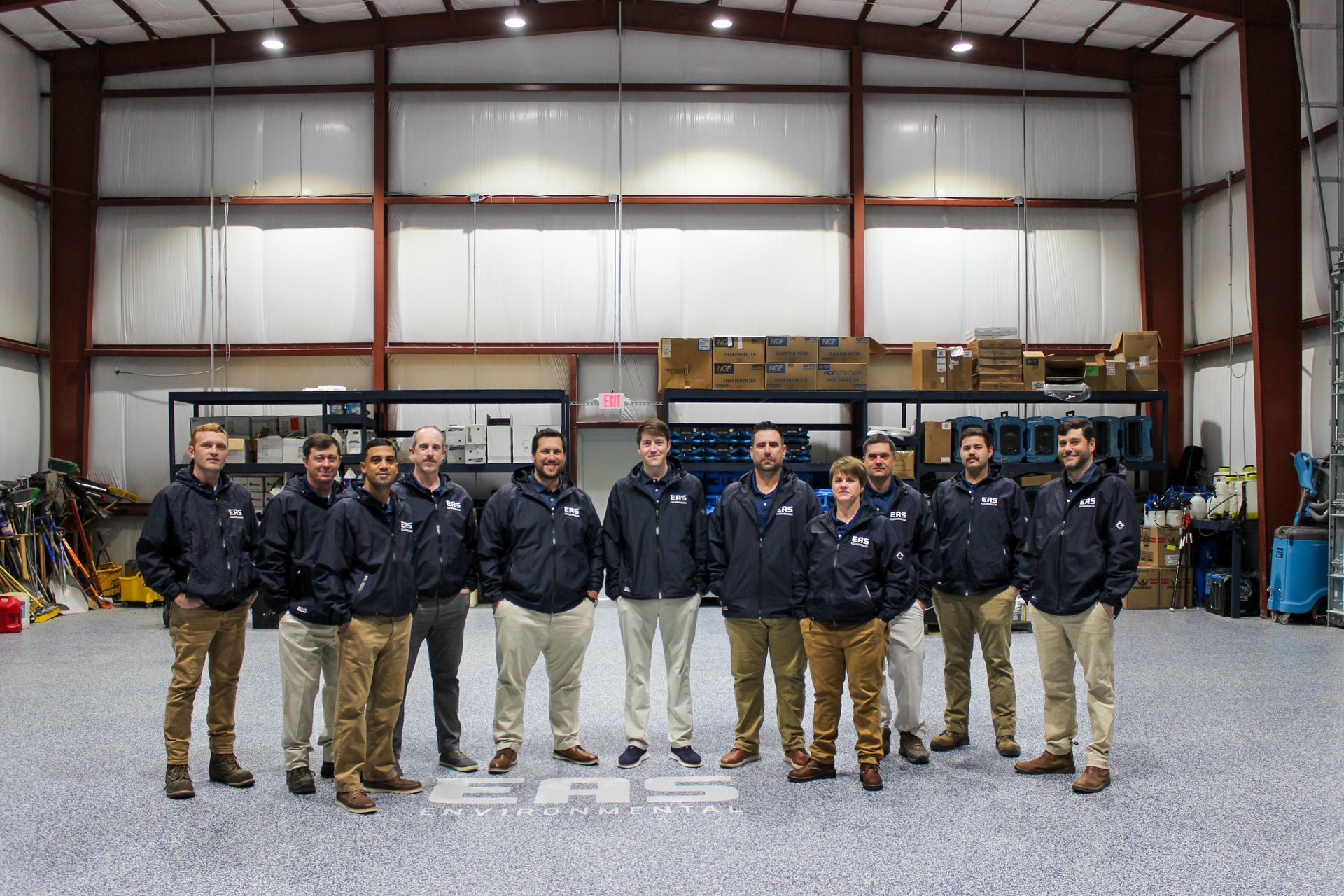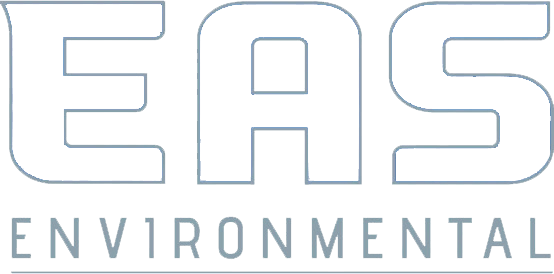
Welcome to our blog, where we will delve into the important topic of safety considerations for waterproofing crawl spaces as a do-it-yourself (DIY) project. While DIY waterproofing can be a cost-effective option, it's crucial to prioritize safety to avoid potential hazards and ensure successful results. In this article, we will discuss key safety measures and precautions you should take when undertaking DIY waterproofing in crawl spaces.
Essential Safety Precautions You Shouldn't Ignore
When it comes to waterproofing your crawl space, prioritizing safety should be your top concern. Ignoring essential safety precautions can not only put you at risk but also compromise the effectiveness of your waterproofing efforts. Here are some crucial safety measures that you should never ignore.
First and foremost, before you begin any work in the crawl space, ensure proper ventilation. Crawl spaces can be confined and poorly ventilated, which can lead to the accumulation of harmful gases like radon and stagnant air. Open windows or use fans to improve airflow and wear a respirator to protect yourself from inhaling airborne particles or contaminants.
Secondly, make sure to wear appropriate personal protective equipment (PPE) throughout the process. This includes gloves, goggles, a dust mask or respirator, and sturdy footwear. Gloves will protect your hands from sharp objects and potential irritants, while goggles will shield your eyes from debris or splashes. A dust mask or respirator is essential to prevent inhalation of mold spores, dust, or any chemical fumes from sealants or adhesives. Sturdy footwear will provide grip and protection from potential hazards on the crawl space floor.
Remember, safety should always be your priority when working in crawl spaces. By following these essential safety precautions, you can ensure a secure and successful waterproofing project while minimizing any potential risks to your health and well-being.
Important Safety Measures for Crawl Space DIY Projects
When it comes to tackling DIY projects in crawl spaces, safety should be your utmost priority. Crawl spaces can present unique challenges, including limited space, potential hazards, and poor ventilation. To ensure a safe and successful DIY project, it's important to implement important safety measures.
Firstly, before entering the crawl space, always assess the area for potential dangers. Look out for exposed wiring, sharp objects, or any signs of mold growth. Make sure the space is adequately lit and clear of any debris or obstacles that could cause trips or falls. Additionally, be aware of potential electrical hazards and turn off power sources to the crawl space before starting any work.
Secondly, proper personal protective equipment (PPE) is essential when working in crawl spaces. Wear gloves to protect your hands from sharp edges or potential irritants. Safety goggles or glasses will shield your eyes from debris or any airborne particles. It is also recommended to wear a dust mask or respirator to prevent inhalation of mold spores, dust, or other harmful particles that may be present in the crawl space. Finally, sturdy footwear with good traction will provide stability and protection against potential slips or falls.
By implementing these important safety measures, you can minimize risks and ensure a safe environment while working on DIY projects in crawl spaces. Always prioritize your well-being and take the necessary precautions to protect yourself throughout the process.
How to Safely Tackle Crawl Space Waterproofing
When it comes to tackling crawl space waterproofing, safety should always be a top priority. Crawl spaces can present unique challenges, such as limited space, potential hazards, and poor ventilation. However, with the right approach and safety measures, you can safely undertake crawl space waterproofing and protect your home from water damage.
First and foremost, before entering the crawl space, thoroughly assess the area for potential dangers. Look out for exposed wires, sharp objects, or signs of mold growth. Ensure the space is well-lit and clear of any debris or obstacles that could cause trips or falls. Additionally, be aware of potential electrical hazards and turn off power sources to the crawl space before starting any work.
Furthermore, it is crucial to wear appropriate personal protective equipment (PPE) throughout the waterproofing process. Gloves should be worn to protect your hands from sharp edges or potential irritants. Safety goggles or glasses will shield your eyes from debris or any airborne particles. Additionally, a dust mask or respirator should be worn to prevent inhalation of mold spores, dust, or other harmful particles that may be present in the crawl space. Lastly, sturdy footwear with good traction will provide stability and protection against potential slips or falls.
By following these safety measures, you can ensure a safe working environment and successfully tackle crawl space waterproofing.
Remember to prioritize your well-being and take the necessary precautions to protect yourself throughout the process.
FAQs
Contact EAS Environmental Today!
EAS Environmental will do everything we can to ensure your experience with us is excellent.
Request A FREE Estimate
Request a Free Estimate Form
Checkout Recent Post
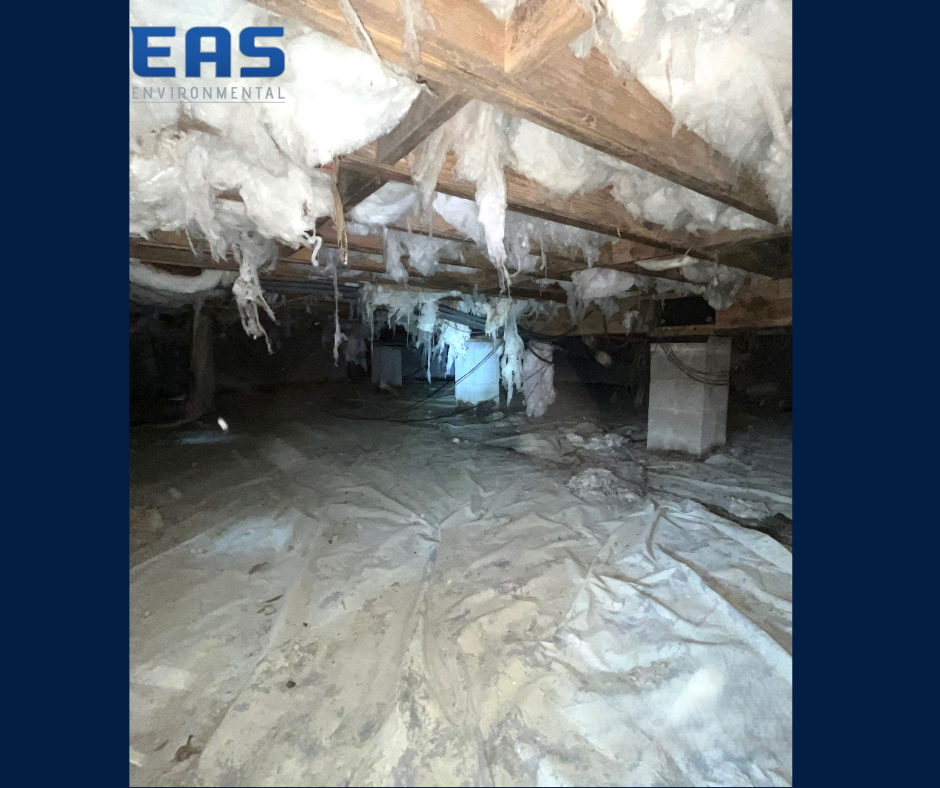
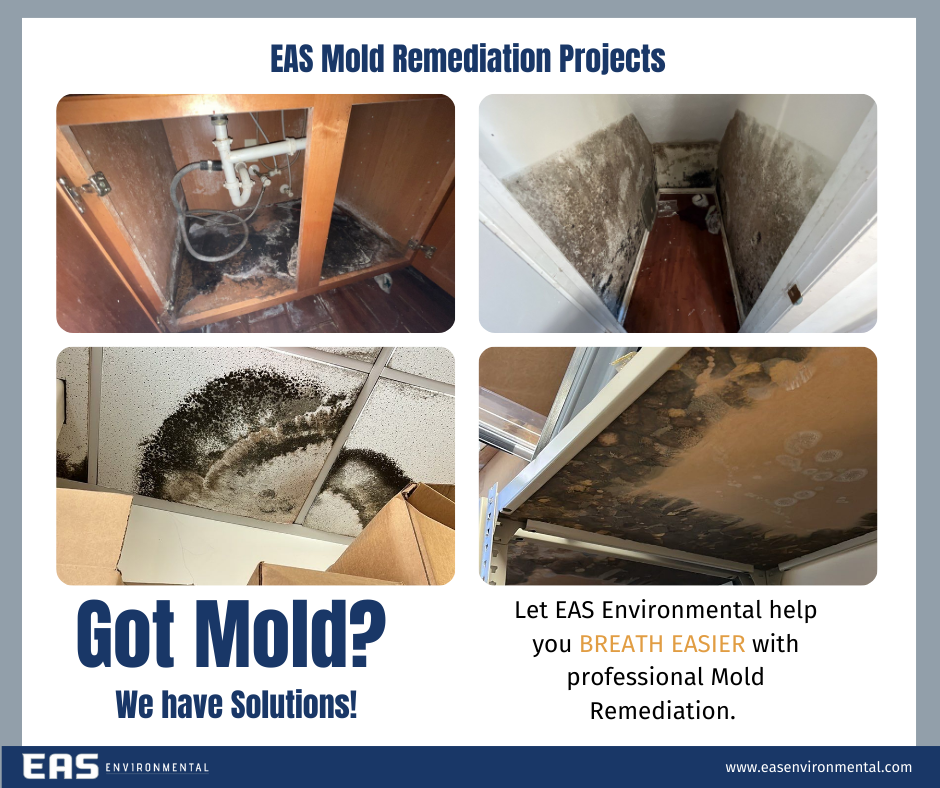
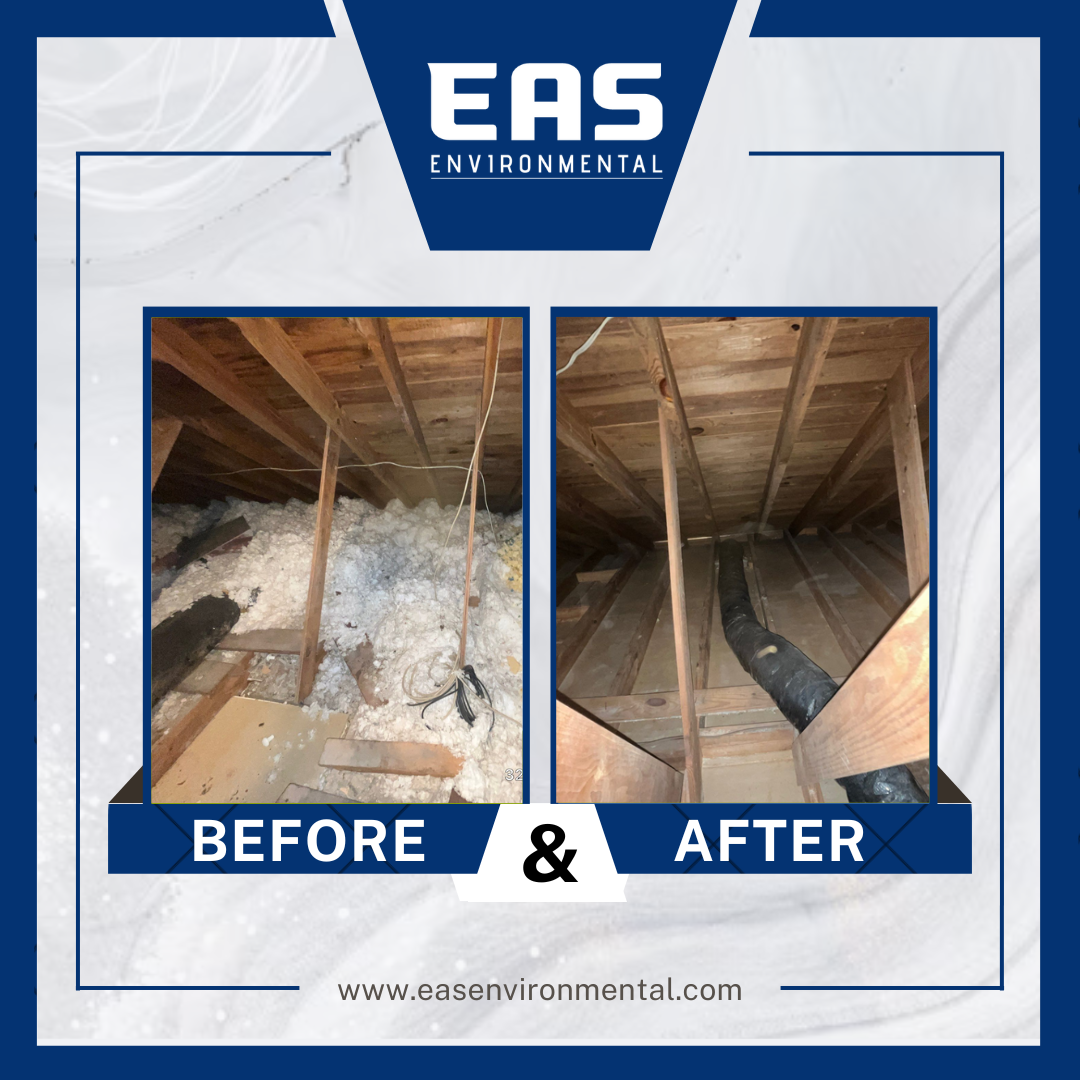
Got a Question? We’re Here to Help.
You can arrange an appointment or make an enquiry by phone or email, orget in touch to us via our contact form.

